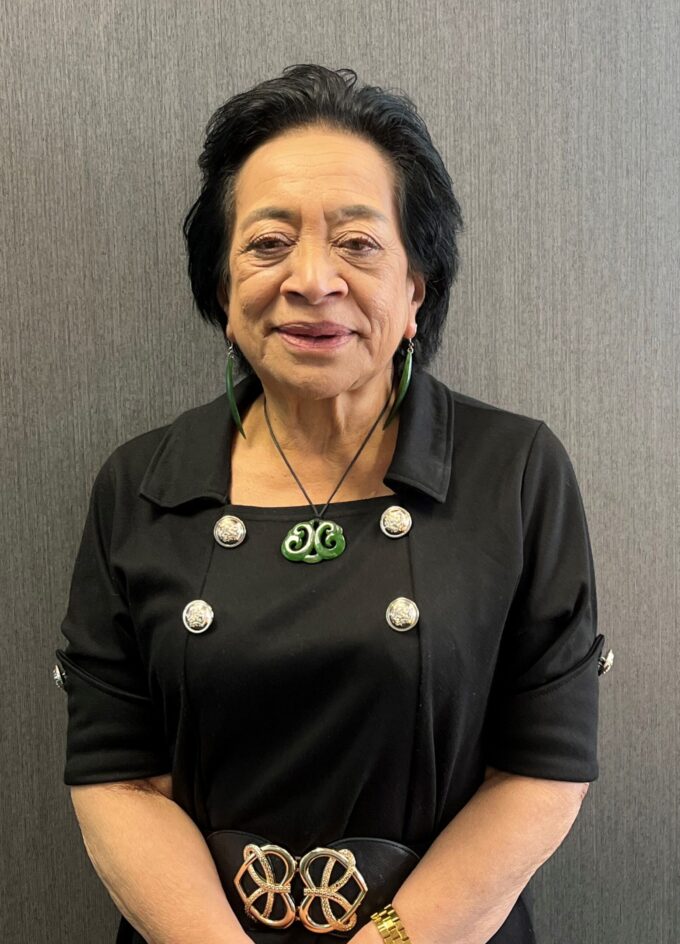
NZSTA President Lorraine Kerr, MNZM
<h2>Government plans for an equity-based school funding model will put high needs tamariki first and make the stigma attached to low-decile schools a thing of the past, says an &#8216;optimistic&#8217; New Zealand School Trustees Association President, Lorraine Kerr. </h2>
<p>&#8220;Funding decisions should come down to the particular learning and support needs of a school&#8217;s students, not the occupations and incomes of local households, which is essentially what we have at the moment.</p>
<p>&#8220;Many low-decile schools are getting little or no support, while high needs students from decile 9 or 10 communities are also missing out because their school is off the funding radar. Decile-based funding just doesn&#8217;t cut it,&#8221; says Kerr.</p>
<p>&#8220;A decile-based funding model simply doesn&#8217;t recognise or address the basic funding needs of Aotearoa schools and kura.&#8221;</p>
<p>In School News term 2 issue Belmont Primary School Principal Bruce Cunningham makes a similar point. In an interview last month, he asked why equity was proving so hard to implement, telling School News, &#8220;I do have a solution: Fund every school at the same formula as a decile 1A school. Wouldn&#8217;t that be great?</p>
<p>&#8220;Then we would all have equity. This is what the government wants. No excuses. The government wants equity, well here is their chance.&#8221;</p>
<figure id="attachment_22956" aria-describedby="caption-attachment-22956" style="width: 300px" class="wp-caption alignnone"><img class="size-medium wp-image-22956" src="https://www.schoolnews.co.nz/wp-content/uploads/2022/05/Bruce-Cunningham-Term-2-2022-2-e1653869084983-300x200.jpg" alt="" width="300" height="200" /><figcaption id="caption-attachment-22956" class="wp-caption-text">Belmont Primary School Principal Bruce Cunningham called for the decile system to be scrapped.</figcaption></figure>
<p>Kerr says the current funding model has also created a name-and-shame culture in our school system, with low decile ratings often being mistaken for a sign of poor performance or behavioural problems in a school.</p>
<p>&#8220;At NZSTA, we provide advice, support and training for about 2,500 school boards across the country, and there&#8217;s no connection between decile ratings and the quality of the school or its teachers &#8211; they&#8217;re just a meaningless number.&#8221;</p>
<p>Kerr says she is encouraged by the Government&#8217;s Budget 2022 commitment of $80 million-a-year to replace the nearly-30-year-old school funding model based on deciles &#8211; a quantitative measure of a school community&#8217;s socioeconomic status. She is calling on authorities and leaders across education to start work on a more equitable solution.</p>
<p>&#8220;Now it&#8217;s down to us to work together; to uphold the values we all share of equity and fairness in education; and to support our high needs tamariki to succeed.&#8221;</p>
<p>Read Bruce Cunningham&#8217;s &#8216;Principal Speaks&#8217; article in School News Term 2 issue online: <a href="https://issuu.com/multimediaau/docs/snnz57-term_2-2022/8" target="_blank">https://issuu.com/multimediaau/docs/snnz57-term_2-2022/8</a></p>
<p> ;</p>

Industrial, legal action and unrest between the education sector and the Ministry of Education rises…
Tumuaki Billie-Jean Potaka Ayton shares her perspectives on leadership, and building a community around your…
As well as physical access to spaces, a culture of inclusivity means valuing and respecting…
School design changes with the education ideology changes of the eras, explain New Zealand and…
In this op-ed, Rebecca Thomas encourages educators to pause and rediscover their fire and passion…
Curriculum rewrites at the Ministry of Education are struggling with a lack of clarity, according…
This website uses cookies.